Hey there, fellow freedom-seeker! Daniel Sokoll here. If you’re reading this, chances are the standard 9-to-5 grind feels less like a career path and more like a hamster wheel. You’re dreaming of flexibility, maybe working from a beach in the Philippines (like yours truly!), setting your own hours, and building something you own. Sound familiar? Well, you’re in the right place. Many people are exploring ways to quit job with affiliate marketing, and while it’s not a magic button, it’s a genuinely viable path to financial independence and a life lived on your terms. This post is your roadmap – we’ll break down how affiliate marketing works, why it’s a fantastic option for expats and aspiring digital nomads, and how to strategically plan your escape from the traditional workforce.
I remember my early days, juggling a day job while trying to figure out this whole “online income” thing. It felt overwhelming, sometimes chaotic (hello, time management struggles!), and the initial earnings? Let’s just say they wouldn’t have paid for my balut obsession here in the Philippines. But persistence, learning, and adapting were key. Affiliate marketing offered that low-cost entry point and the flexibility I craved. If I could navigate it, so can you.
Ready to ditch the commute and design your own workday? Let’s dive in.
What Exactly is Affiliate Marketing (and Why Should You Care)?
Okay, let’s demystify this beast. Affiliate marketing is essentially a performance-based partnership. You, the affiliate (or publisher), promote products or services offered by a merchant (or advertiser). You do this using a unique affiliate link. When someone clicks your link and makes a purchase or completes a desired action (like signing up for a newsletter), you earn a commission. Think of yourself as a helpful matchmaker, connecting people with stuff they need or want, and getting paid for the successful introduction.
The beauty? You don’t need to create your own products, handle inventory, or deal with customer service headaches. The merchant handles all that. Your job is the marketing – building an audience, creating content, and driving traffic.
Why is this model so appealing, especially for aspiring escape artists?
- Low Barrier to Entry: Seriously, joining most affiliate programs is free. No massive startup capital needed. Your main investment is time and effort. For more details on getting started, BigCommerce offers a great overview.
- Flexibility Galore: Work from anywhere with an internet connection – your couch, a café in Chiang Mai, or, yes, a beach. Set your own hours. Be your own boss.
- Income Potential: While it takes time and effort, the income potential is significant, including the possibility of earning passive income from existing content and campaigns.
- Skill Building: You’ll learn valuable digital marketing skills – content creation, SEO, social media marketing, email marketing – that are transferable and in high demand.
- No Product Creation Hassle: Focus on what you enjoy – connecting with an audience and marketing – without the stress of product development or logistics.
It’s about leveraging other companies’ established products and trust to build your income stream.
The Affiliate Marketing Ecosystem: Meet the Players
Understanding who’s who in this game is crucial. It’s not just you and the product creator; there’s a small ecosystem working together.
The Merchant (aka The Brand, Seller, Advertiser)
This is the company or individual whose product or service you’re promoting. They could be a huge corporation like Amazon or a small business selling digital courses. Their goal? More sales, more traffic, more brand awareness. They set up the affiliate program, define the commission structure, and provide the product.
The Affiliate (aka You, The Publisher, The Partner)
That’s you! The marketer, the content creator, the influencer. You use your platform (blog, social media, YouTube channel, email list) to promote the merchant’s offerings to your audience. Your goal? Earn commissions by driving qualified traffic and conversions. Building trust with your audience is your superpower here. Need tips on that? Check out this guide on How to Build Trust in Affiliate Marketing and Skyrocket Your Sales Ethically.
The Consumer (aka The Customer, Your Audience)
The most important piece! These are the people who click your affiliate links and (hopefully) make a purchase. Your role is to help them make informed decisions, often by providing valuable content, reviews, or tutorials. Transparency is key – always disclose your affiliate relationships.
The Affiliate Network (The Middleman)
Often, there’s an intermediary platform connecting merchants and affiliates. Think ShareASale, CJ Affiliate, Rakuten Advertising. These networks handle tracking, reporting, and payments, making life easier for both sides. They provide a marketplace of offers for affiliates and a management system for merchants.
Understanding these roles helps you see how value flows through the system and where you fit in.
Planning Your Escape: From Side Hustle to Full-Time Freedom
Okay, dreaming about quitting is one thing. Making it happen requires a plan. Affiliate marketing isn’t a get-rich-quick scheme; it’s a real business you need to build strategically.
Step 1: Laying the Foundation (While Still Employed)
Don’t hand in your notice just yet! The beauty of affiliate marketing is that you can start it as a side hustle. This is crucial for managing inconsistent income initially, a common pain point.
- Choose Your Niche: What are you interested in? What problems can you solve for people? Pick a niche you’re passionate about or knowledgeable in. This makes content creation sustainable and authentic. Think hobbies (photography, gaming, gardening), professional expertise (digital marketing, finance, software), or lifestyle (travel, parenting, fitness). Consider high-paying niches if profitability is a primary driver.
- Identify Your Audience: Who are you talking to? Understand their needs, desires, and pain points. Are they fellow expats looking for remote work tools? Aspiring digital nomads needing travel gear? Tailor your approach accordingly.
- Build Your Platform: Where will you connect with your audience?
- Blog/Website: Great for in-depth content, reviews, and SEO. This is your digital home base.
- YouTube Channel: Ideal for tutorials, reviews, and personal connection.
- Social Media: Platforms like Instagram, Pinterest, Facebook, TikTok can drive traffic and engagement, especially for visual niches.
- Email List: Crucial for building relationships and direct promotion. Start building this early!
- Choose Affiliate Programs: Find relevant products/services within your niche. Look for programs on affiliate networks or directly on merchant websites (many have an “Affiliates” or “Partners” link in their footer). Consider commission rates, cookie duration (how long after a click you get credit for a sale), and merchant reputation.
Step 2: Building Momentum (The Content & Traffic Engine)
This is where the real work begins. Consistency is key.
- Create Valuable Content: Don’t just shill products. Educate, entertain, solve problems. Write detailed reviews, create helpful tutorials, compare products, share case studies, offer “how-to” guides. Your content needs to attract your target audience and build trust. Remember, authenticity sells. Share your genuine experiences.
- Drive Traffic: Content is useless if no one sees it. How will people find you?
- SEO (Search Engine Optimization): Optimize your website/blog content so people find you via Google. This takes time but provides long-term organic traffic.
- Social Media Marketing: Engage with your audience on relevant platforms.
- Email Marketing: Nurture your list and promote offers directly.
- Paid Advertising (Optional): Platforms like Google Ads or Facebook Ads can accelerate traffic, but require budget and expertise. Start with free methods first.
- Integrate Affiliate Links Naturally: Don’t just spam links. Weave them into your helpful content where relevant. Context is everything. Use clear calls to action.

Step 3: Tracking, Optimizing, and Scaling (Turning Pro)
Once traffic starts flowing and sales begin trickling in, it’s time to get analytical. Lack of knowledge about what works is a major hurdle – data is your solution.
- Track Your KPIs (Key Performance Indicators): Don’t fly blind! Monitor metrics like those outlined by sources such as Partnero:
- Click-Through Rate (CTR): Percentage of people clicking your links. Are your calls to action working?
- Conversion Rate (CR): Percentage of clicks that result in a sale/action. Is your traffic converting?
- Earnings Per Click (EPC): Average earnings per click. Which links/programs are most profitable?
- Average Order Value (AOV): Average amount spent per order. Can you promote higher-value items?
- Analyze & Optimize: Use the data to see what’s working and what’s not. Which content pieces drive the most sales? Which traffic sources convert best? Double down on successful strategies and tweak or eliminate failing ones.
- Diversify Income Streams: Don’t rely on a single affiliate program or product. Promote multiple relevant offers to reduce risk. Explore different commission models (see table below).
- Build Relationships: Connect with affiliate managers. They can offer insights, higher commissions, or special promotions. Engage with your audience genuinely.
- Scale: Once you have a profitable system, consider scaling. This could involve outsourcing tasks (writing, social media), investing in paid ads, or expanding into related niches.
Common Affiliate Commission Models
| Model Type | How You Get Paid | Best For Merchants Who Want… | Affiliate Focus | Typical Niches |
| PPS/CPS | Percentage (%) or fixed fee per sale made. | Direct revenue generation. | Driving qualified buyers. | E-commerce, Software, Courses |
| PPL/CPL | Fixed fee per qualified lead (e.g., signup). | Customer acquisition, list building. | Generating interested prospects. | Finance, Insurance, B2B |
| PPC | Small fee per click on your affiliate link. | Brand awareness, website traffic. | Driving high volume clicks. | Less common now, some ad nets |
| CPA | Fee for a specific action (form fill, etc.). | Specific user engagement. | Driving targeted actions. | Various, customized goals |
| Recurring | Commission on initial and renewal payments. | Long-term customer value. | Promoting subscription services. | SaaS, Memberships |
Understanding these models helps you choose programs that align with your content strategy and earning goals.
Addressing the Hurdles: Time, Knowledge & Income Consistency
Let’s be real – escaping the 9-to-5 via affiliate marketing isn’t always sunshine and rainbows. You’ll face challenges. Here’s how to tackle the big three:
Taming the Time Beast
- Start Small: Don’t try to do everything at once. Focus on one platform and one niche initially.
- Schedule Dedicated Time: Treat your side hustle like a real job, even if it’s just a few hours a week. Block out time in your calendar.
- Batch Similar Tasks: Dedicate blocks of time for writing, research, social media scheduling, etc.
- Use Productivity Tools: Leverage tools for scheduling (social media schedulers), project management (Trello, Asana), and focus (Pomodoro timers).
- Learn to Say No: Protect your dedicated affiliate marketing time.
It requires discipline, especially when you’re still working your main job. But carving out consistent time is non-negotiable.
Conquering the Knowledge Gap
- Learn Continuously: The digital marketing landscape changes fast. Follow industry blogs (like this one!), listen to podcasts, take online courses. Many are affordable or free.
- Start with Basics: Focus on understanding your chosen platform (e.g., WordPress for blogging, YouTube SEO) and core affiliate concepts.
- Learn by Doing: Don’t get stuck in analysis paralysis. Implement what you learn, make mistakes, and adjust. Experience is the best teacher.
- Join Communities: Connect with other affiliate marketers online (forums, Facebook groups). Learn from their experiences and ask questions.
- Focus on ONE Strategy First: Master one traffic source (e.g., SEO) before trying to juggle five.
Feeling overwhelmed by the technical side is normal. Break it down into manageable learning chunks.

Smoothing Out Income Volatility
- Build an Emergency Fund: Before you quit your job, have several months of living expenses saved. This reduces pressure during lean months.
- Diversify Your Offers: Promote a mix of products – some high-ticket, some recurring commission. Don’t put all your eggs in one basket.
- Focus on Evergreen Content: Create content that remains relevant over time, continuing to generate traffic and sales long after publishing.
- Build an Email List: Your email list is an asset you own. It provides a more stable way to communicate with your audience and promote offers, less dependent on platform algorithms.
- Set Realistic Expectations: Affiliate income often starts slow and can fluctuate. Track your average monthly earnings over time to get a clearer picture. Don’t quit your day job based on one unusually good month.
Potential Income Progression
| Stage | Months | Focus Activities | Potential Monthly Income (Example) | Notes |
| Foundation | 1-3 | Niche selection, platform setup, basic content creation | $0 – $100 | Learning phase, traffic is minimal. |
| Momentum | 4-9 | Consistent content, traffic building (SEO/Social), list building | $100 – $1,000 | Seeing initial sales, understanding audience. |
| Optimization | 10-18 | KPI tracking, optimizing conversions, diversifying offers | $1,000 – $5,000 | Refining strategy, increasing efficiency. |
| Scaling | 18+ | Outsourcing, paid traffic (optional), expanding reach | $5,000+ | Treating it like a full business, potential growth. |
Disclaimer: These are illustrative examples. Actual results vary widely based on niche, effort, strategy, and market conditions.
The Mindset Shift: From Employee to Entrepreneur
Leaving the perceived security of a 9-to-5 requires more than just a tactical plan; it demands a mental shift.
- Embrace Uncertainty: Entrepreneurship involves risk. There’s no guaranteed paycheck. Learn to become comfortable with ambiguity and adapt to change.
- Develop Discipline: You are your own boss. That means setting your own deadlines, staying motivated, and holding yourself accountable.
- Think Long-Term: Success rarely happens overnight. Focus on building sustainable systems and providing genuine value, not just quick wins.
- Be Resilient: You will face setbacks – algorithm changes, campaigns that flop, products that get discontinued. Learn from failures and keep moving forward.
- Invest in Yourself: Your skills and knowledge are your greatest assets. Continuous learning is part of the job description now.
This journey is as much about personal growth as it is about building an income stream.

Making the Leap: When to Quit Your Job?
There’s no magic number, but here’s a sensible checklist:
- Consistent Income: Your affiliate income should consistently meet or exceed your monthly living expenses for at least 6-12 months. Don’t jump ship based on a single fluke month.
- Emergency Fund: You have 6-12 months of living expenses saved in an easily accessible account. This is your safety net.
- Proven System: You have a reliable system for generating traffic and conversions. You understand your KPIs and know how to influence them.
- Diversification: You’re not reliant on one single affiliate program or traffic source.
- Health Insurance Plan: If you’re leaving a job with benefits (especially relevant for US folks), have a plan for health insurance.
- Mental Preparedness: You’ve adopted the entrepreneurial mindset and are ready for the ups and downs.
Your Freedom Toolkit: Recommended Resources
Building this business takes tools and knowledge. Here are a couple of resources I personally recommend to accelerate your journey:
- Feeling overwhelmed by income options? Check out 15+ Income Streams in 30 Minutes. It’s a fantastic resource to quickly understand various online business models, including different takes on affiliate marketing. Great for broadening your perspective.
- Want a proven blueprint? If you’re serious about building a sustainable affiliate business, consider Steal My Exact Business Model. This dives deep into the strategies that work, potentially saving you months (or years!) of trial and error.
Transparency Note: These are promotional links, meaning I may earn a commission if you purchase through them, at no extra cost to you. I only recommend resources I believe in and think will provide genuine value.
Conclusion: Your Escape Pod is Ready for Launch
Leaving the 9-to-5 grind to quit job with affiliate marketing is absolutely achievable. It requires strategic planning, consistent effort, a willingness to learn, and the right mindset. It’s about building a real business, brick by digital brick. As industry resources like Shopify’s comprehensive guide emphasize, understanding the fundamentals is key.
We’ve covered the core concepts, the key players, the strategic steps from side hustle to potential full-time income, tackling common challenges like time management and income consistency, and the crucial mindset shift required.
The journey won’t be without its bumps, but the potential rewards – financial independence, location freedom, and the satisfaction of building something your own – are immense. Remember starting as an expat figuring things out? It’s about adaptability and finding what works for you. Many have successfully made this transition, and resources like Investopedia offer further definitions and examples.
The information is here. The tools are available. The path is laid out. The only missing ingredient is your action. Start building your own side hustle today! What’s the first step you will take after reading this? Let me know in the comments below!
Frequently Asked Questions (FAQs) About Quitting Your Job with Affiliate Marketing
Yes, it’s possible, but it requires strategic planning, consistent effort, and patience. Affiliate marketing offers income potential and flexibility, but it’s not a get-rich-quick scheme. You need to build it as a real business, likely starting as a side hustle, proving consistent income that covers your expenses, and having an emergency fund before making the leap.
Income varies wildly depending on your niche, audience size, engagement, the products you promote, traffic generation strategies, and commission structures. Some affiliates make a small side income, while others build six or even seven-figure businesses. Earnings often start slow and can fluctuate, especially initially. Focus on building sustainable traffic and trust rather than chasing quick payouts.
One of the biggest advantages is the low startup cost. Joining affiliate programs is typically free. Your main investments are usually time and effort. Costs might include website hosting (if you build a blog), domain name registration, and potentially optional tools for email marketing or analytics, but you can start with minimal financial outlay.
There’s no set timeline. It depends heavily on your effort, niche, strategy effectiveness, and learning curve. It often takes several months (6-18+) of consistent work to build reliable traffic and see significant, stable income. Don’t expect overnight success; focus on steady progress and learning.
No. While expertise helps build credibility, you can start by learning about a niche you’re interested in and sharing your journey. You don’t need a massive following initially; focus on building a targeted, engaged audience on your chosen platform (blog, social media, etc.). Authenticity and providing value are key to building trust, regardless of audience size.
Common challenges include managing your time effectively (especially when starting as a side hustle), overcoming the initial learning curve for digital marketing skills, dealing with inconsistent income in the beginning, choosing the right niche and products, and staying motivated through slow periods. Increased competition also requires finding ways to stand out.



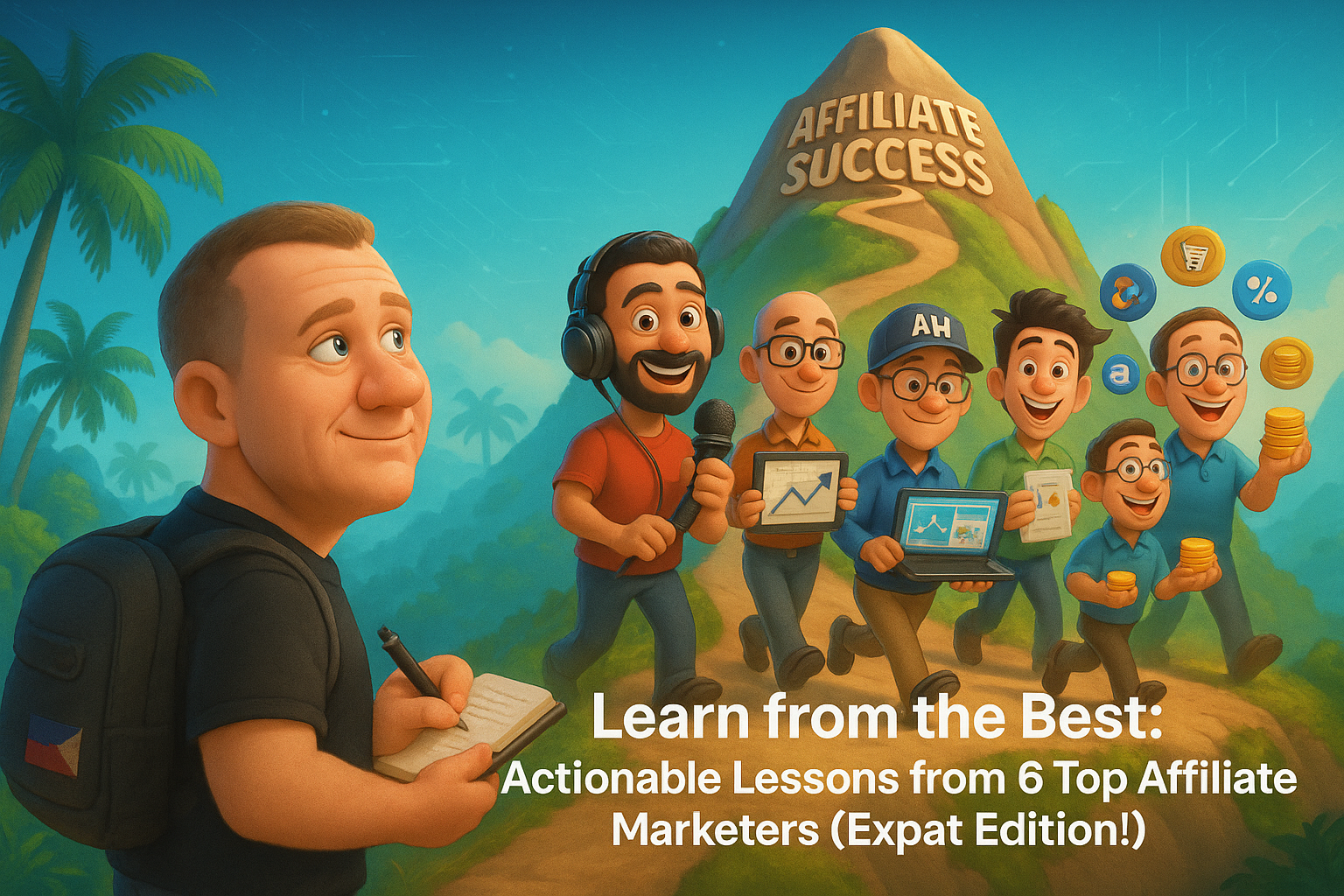

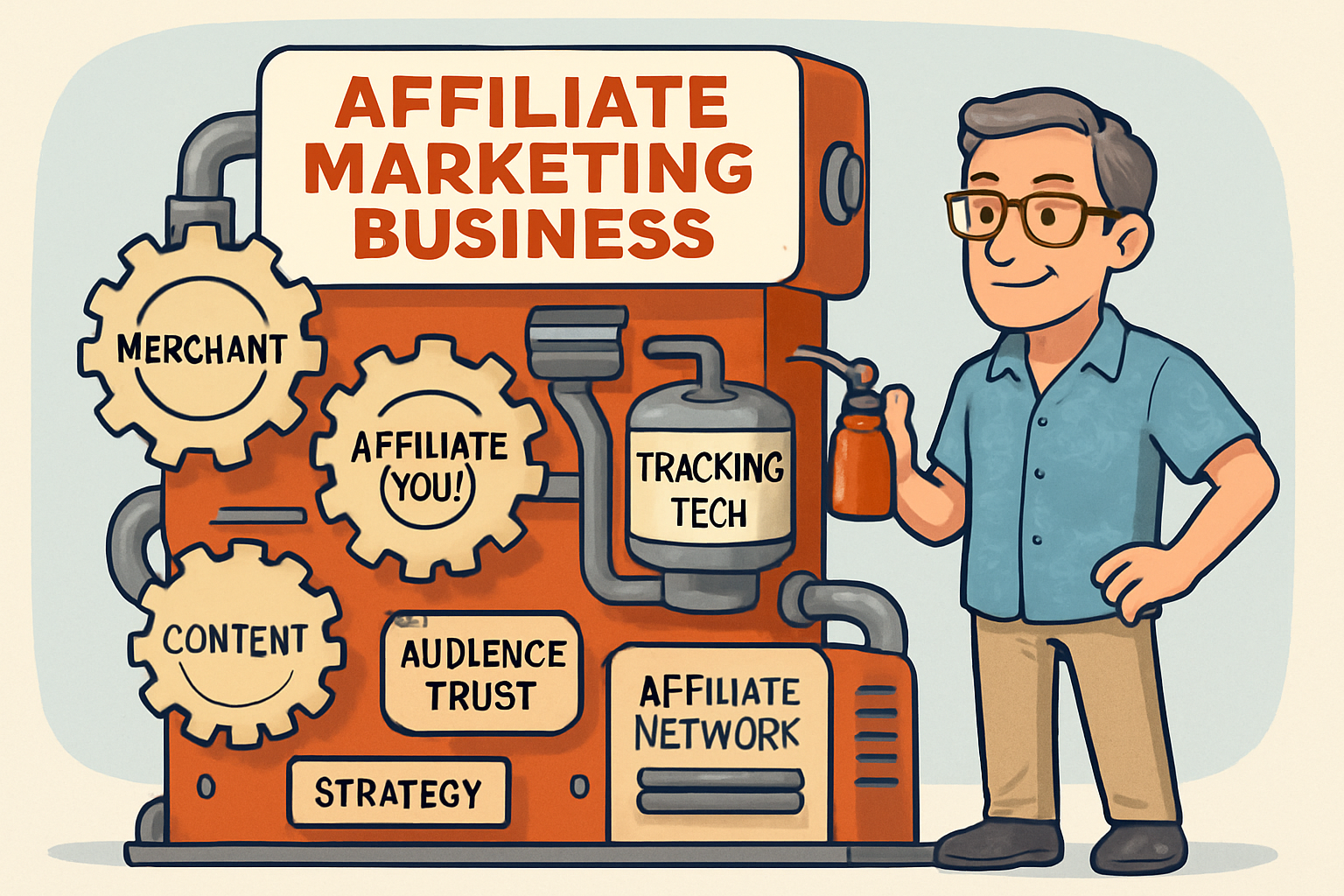

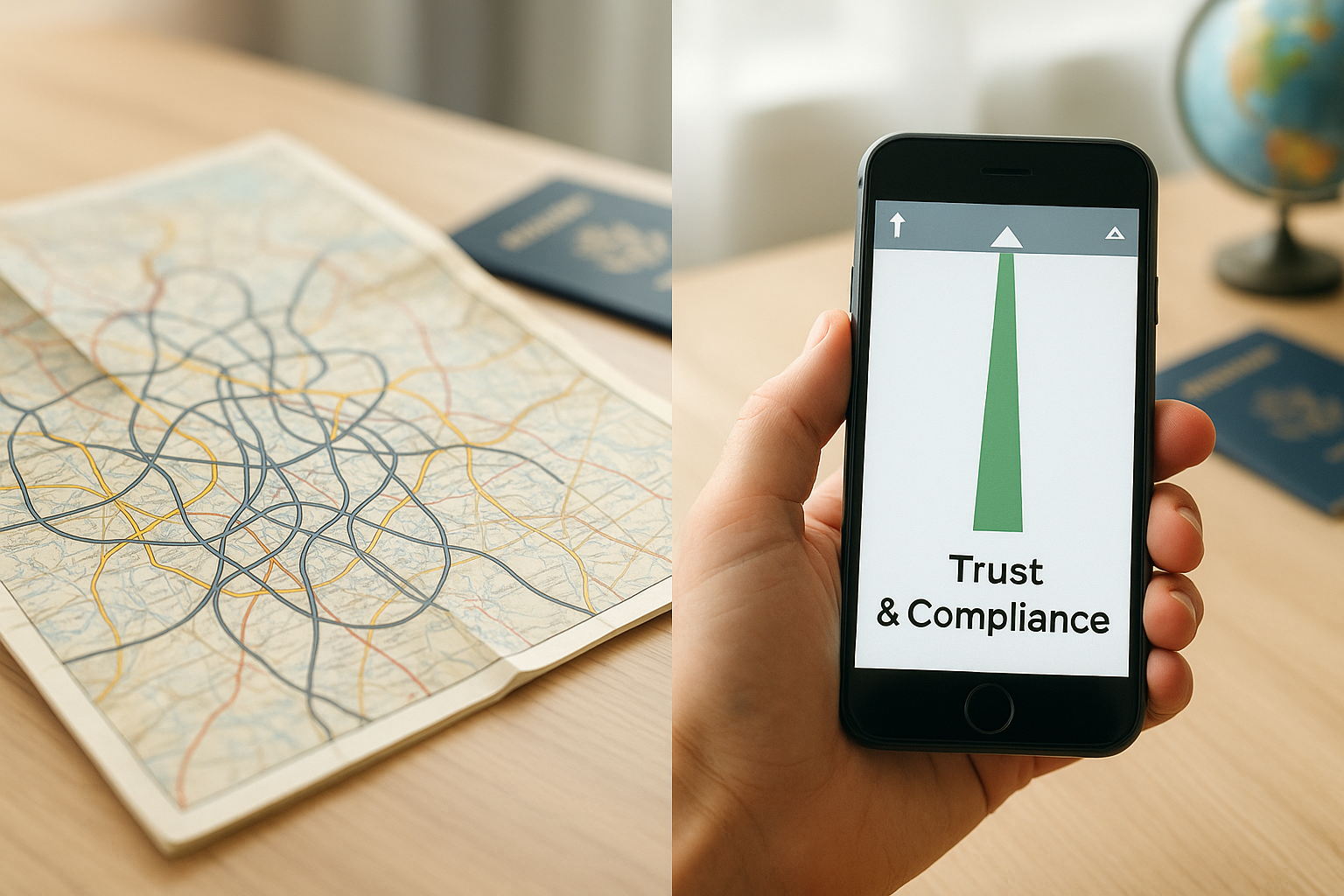



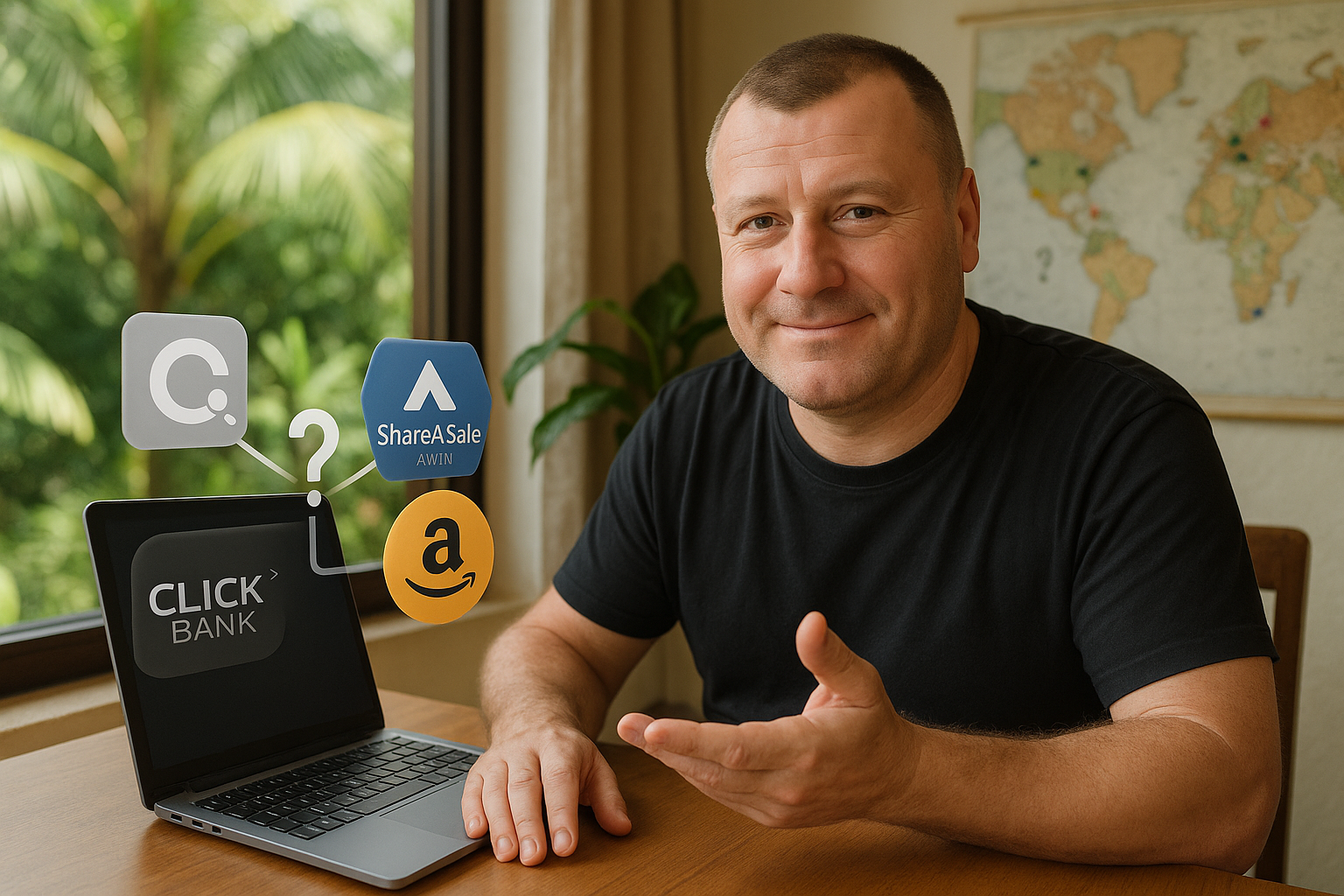
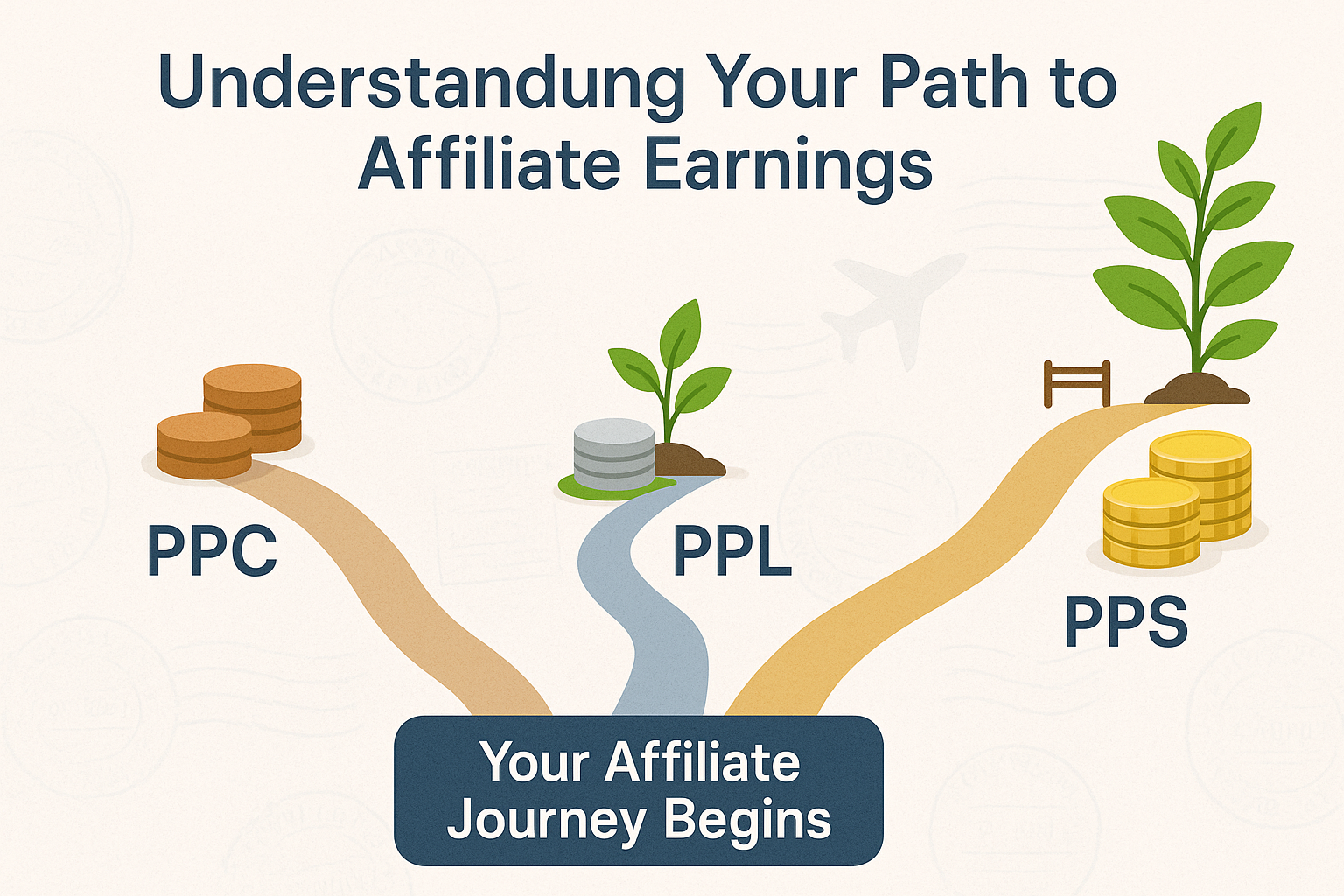
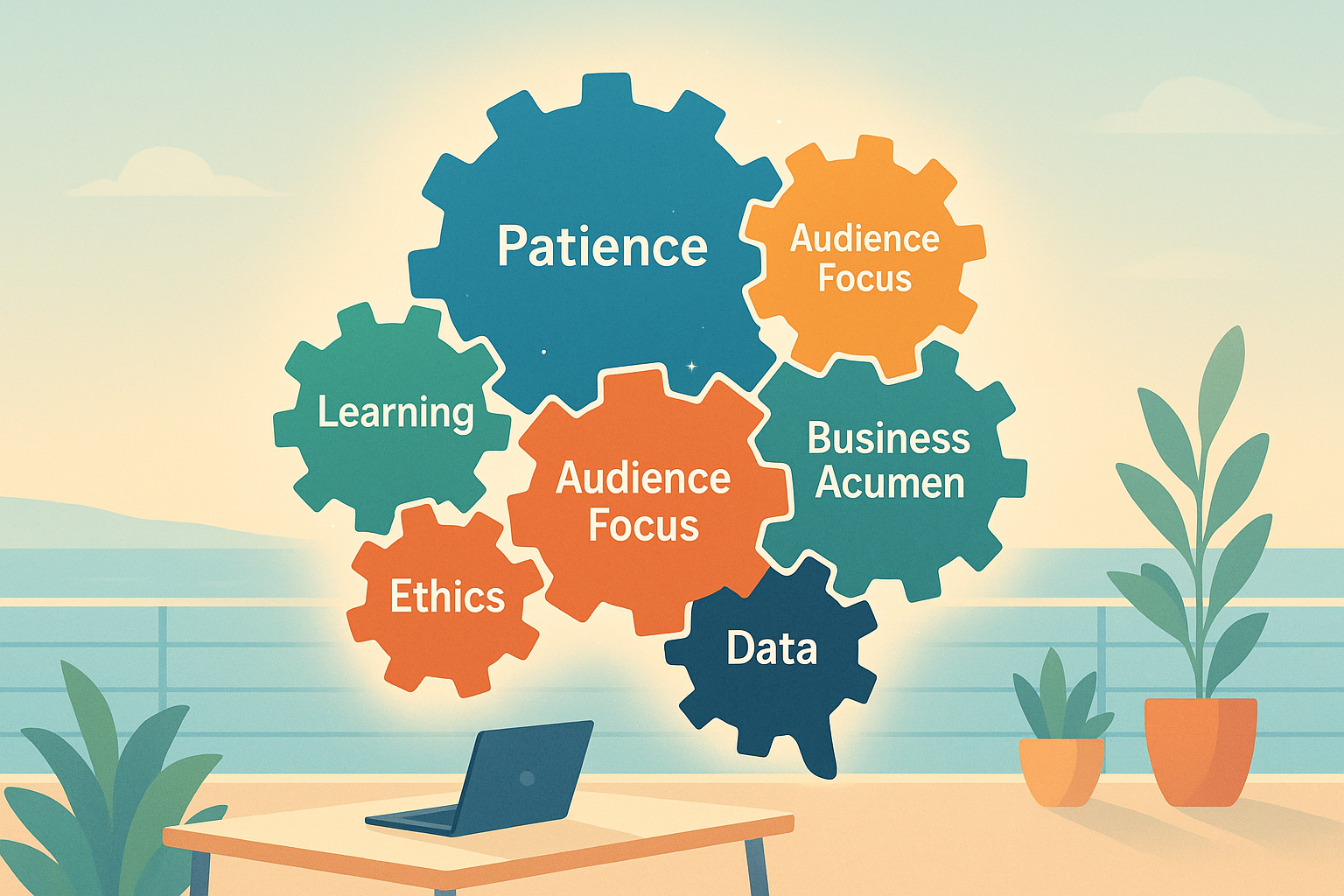
Leave a Reply